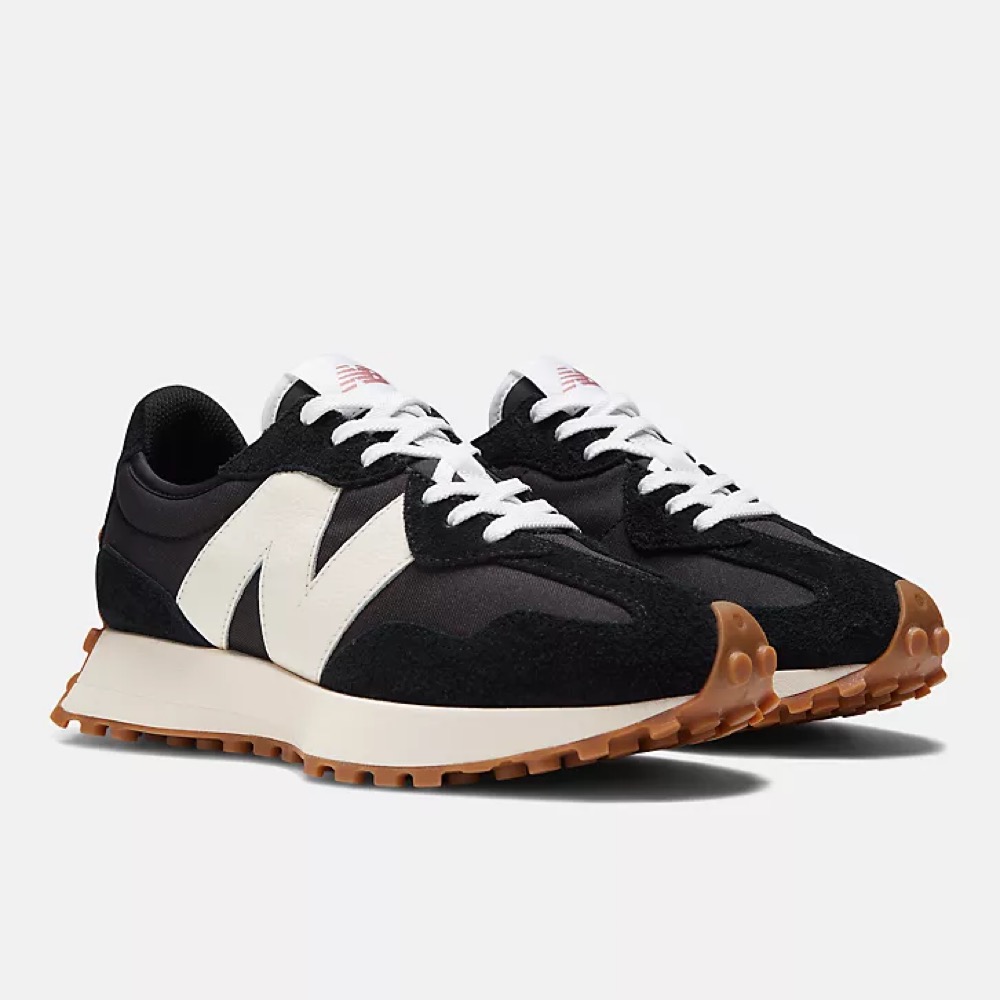Sales of over-the-counter drugs more than double in five years | Business | valorinternational
Fueled by the rise of self-care, broader product portfolios, and the expansion of digital retail, sales of over-the-counter (OTC) medications—as well as personal care, beauty, and cosmetics—have more than doubled in Brazil over the past five years. According to the Brazilian Association of Pharmacy and Drugstore Chains (ABRAFARMA), sector revenues grew from R$9.12 billion in 2019 to R$19.24 billion in 2024. “The growth of self-care is undeniable and directly contributes to the expansion of OTC products,” said Sergio Mena Barreto, the association’s president.
Mr. Mena Barreto noted that Brazilian consumer behavior is increasingly aligned with trends seen in countries like Canada, the United States, and the United Kingdom, where pharmacies have established themselves as hubs for health, wellness, and convenience. “In 2024 alone, we recorded over 1.26 billion customer visits to pharmacies, more than five visits per person over the year,” he said.
This shift in behavior has had a direct impact on the OTC market. “In Brazil, these trends are driving steady growth. The sector is expected to post an average annual growth rate of 3.8% between 2025 and 2029,” said Eduardo Magalhães, marketing director at Opella in Brazil. The company, which focuses on health and self-care, owns brands such as Allegra, Novalgina, Dorflex, Enterogermina, and Dulcolax.
Opella began operating independently in April of this year, following Sanofi’s sale of a 50% stake in the business to U.S. private equity firm Clayton, Dubilier & Rice (CD&R), which took over global control. Sanofi retained a 48.2% share, and French state investment bank Bpifrance holds the remaining 1.8%.
The restructuring comes at a time when the scope of self-care is expanding into previously underexplored niches, such as stress-relief products. “We’re closely watching emerging consumer behaviors and, in response to growing demand, we launched Targifor Te Ajuda Stress, an extension of our Targifor line,” Mr. Magalhães said.
He noted that in-store marketing strategies and innovations focused on the customer experience have made the market more accessible and dynamic. Educational tools, including informational guides and pain management decision trees, have drawn the interest of physicians and boosted patient engagement.
“The digitalization of promotion and distribution has expanded reach and convenience for consumers, with pharmacies increasingly present on online platforms,” he added.
Seasonal changes remain another key driver of sales. During the winter months, demand for cold and allergy medications rises significantly. Cimed, one of Brazil’s largest pharmaceutical manufacturers, expects to generate R$1 billion in revenue from seasonal illness treatments this winter, up from R$790 million in the same period of 2024. According to CEO João Adibe, this product category—comprising around 40 items—accounts for 34% of the company’s total revenue and is projected to reach 120 million units sold.
“Winter categories are strategic for Cimed. Cimegripe alone is expected to generate R$46.2 million in revenue this winter,” he said. The company is forecasting 10.9% growth in 2025 from its winter-focused brands.
Pharmaceutical company EMS is also ramping up its presence in the OTC market through strategic acquisitions and research. Recent additions include the Dermacyd intimate wash and the Vitamine-se product line, both of which are key to the company’s expansion strategy.
According to Cinthia Ribeiro, head of EMS’s OTC Business Unit, recent investments are focused on innovation, distribution reach, and deep consumer insight. “Since 2023, we’ve conducted a series of studies to understand consumer needs more precisely and expand our operations in a targeted and relevant way,” she said.
Beyond expanding its portfolio with a focus on prevention, beauty, and quality of life, EMS also emphasizes education as a competitive differentiator. “The real challenge for the OTC sector isn’t just advertising products—it’s about adding knowledge and raising awareness about health and well-being,” Ms. Ribeiro said.
She also emphasized the strategic role of mass communication in building brand strength. “Television remains the most powerful demand-generation channel for our OTC portfolio.”
This transformation in consumer behavior is also being tracked by Paulo Paiva, corporate vice president at Close-Up International, which audits the pharmaceutical sector. “The patient journey has changed in recent years—there’s been a clear shift toward preventive care. The COVID-19 pandemic triggered a heightened awareness around immunity and comorbidities, reinforcing the importance of taking better care of one's health,” Mr. Paiva said.
This shift has also impacted marketing strategies. “It’s a category in constant transformation, requiring brands to stay closely attuned to evolving consumer behavior,” said João Consorte, president of IPG Health in Brazil, the group behind agencies such as McCann Health Brasil and FCB Health Brasil.
According to Mr. Consorte, healthcare marketing requires a delicate balance between creative appeal and technical rigor. “You need accessible language without compromising ethical responsibility, which is why we work with multidisciplinary teams.”
In the retail space, private-label product growth has also been reshaping the market. RD Saúde—the parent company of drugstore chains Raia and Drogasil—has focused on this model for more than a decade. In 2024, OTC products accounted for 20.5% of the company’s gross pharmacy revenue. According to research by IQVIA, RD led Brazil’s private-label pharmacy market in 2023, generating R$1.6 billion in revenue. Among the standouts is the Needs brand, which has surpassed R$1 billion in annual revenue since 2023, alongside labels such as Bwell and Natz.
One of the company’s main strategies has been digitalizing the shopping experience. A study by RD Saúde showed that digitally engaged customers—those who use the app, website, or loyalty programs—generate 20% to 25% more revenue than in-store-only customers. Over the past five years, the share of digital channels in the company’s total sales has jumped from 2% to 20%.
From a regulatory standpoint, only OTC products are permitted to be advertised to the general public in Brazil. All other medications must be promoted exclusively through channels aimed at healthcare professionals.
In addition to moving billions and reshaping the retail landscape, the OTC market may also help ease pressure on the public healthcare system (SUS). A study by FIA Business School found that for every real invested in OTC drugs, SUS could save up to R$7 in hospitalization and treatment costs for worsening conditions.
You may also like...
Diddy's Legal Troubles & Racketeering Trial

Music mogul Sean 'Diddy' Combs was acquitted of sex trafficking and racketeering charges but convicted on transportation...
Thomas Partey Faces Rape & Sexual Assault Charges

Former Arsenal midfielder Thomas Partey has been formally charged with multiple counts of rape and sexual assault by UK ...
Nigeria Universities Changes Admission Policies

JAMB has clarified its admission policies, rectifying a student's status, reiterating the necessity of its Central Admis...
Ghana's Economic Reforms & Gold Sector Initiatives

Ghana is undertaking a comprehensive economic overhaul with President John Dramani Mahama's 24-Hour Economy and Accelera...
WAFCON 2024 African Women's Football Tournament

The 2024 Women's Africa Cup of Nations opened with thrilling matches, seeing Nigeria's Super Falcons secure a dominant 3...
Emergence & Dynamics of Nigeria's ADC Coalition

A new opposition coalition, led by the African Democratic Congress (ADC), is emerging to challenge President Bola Ahmed ...
Demise of Olubadan of Ibadanland
Oba Owolabi Olakulehin, the 43rd Olubadan of Ibadanland, has died at 90, concluding a life of distinguished service in t...
Death of Nigerian Goalkeeping Legend Peter Rufai

Nigerian football mourns the death of legendary Super Eagles goalkeeper Peter Rufai, who passed away at 61. Known as 'Do...





